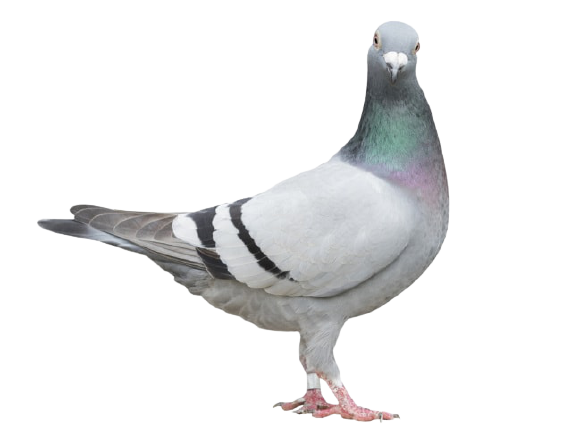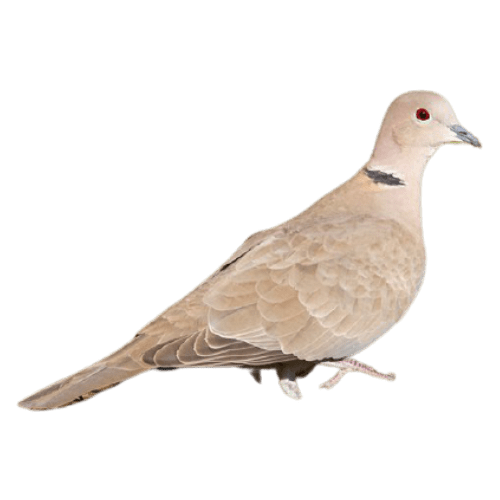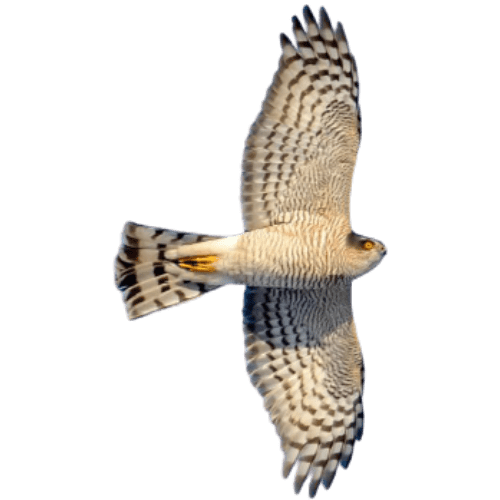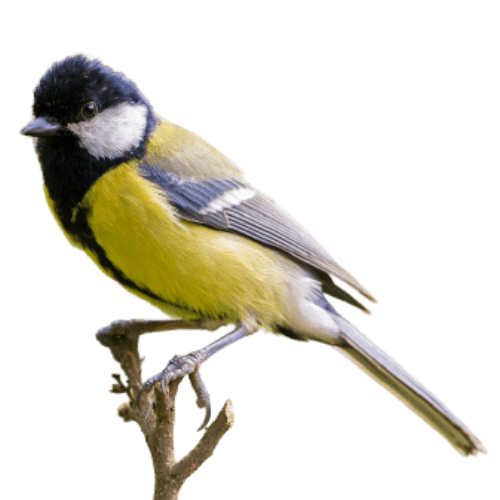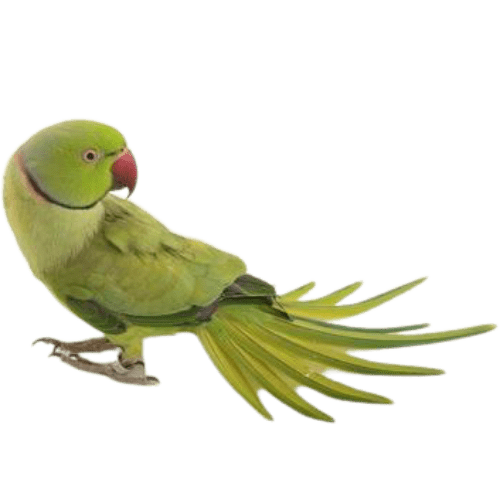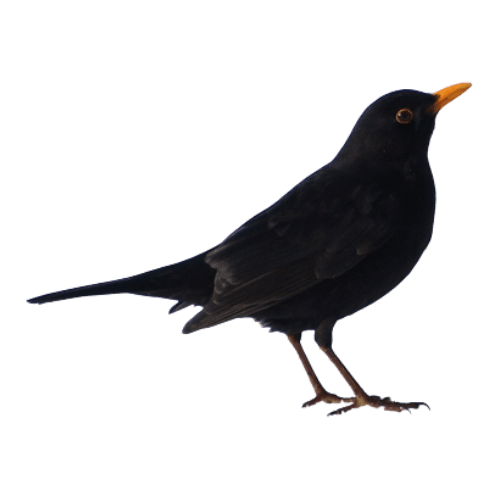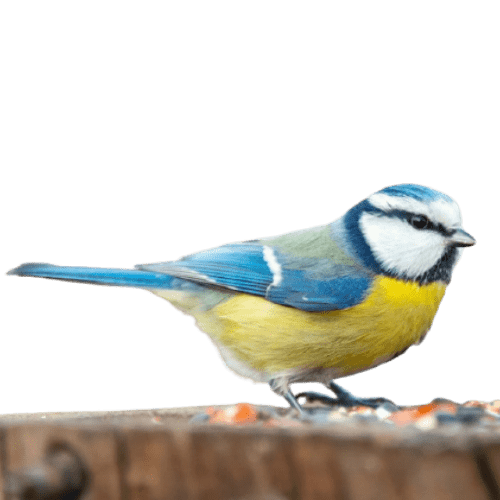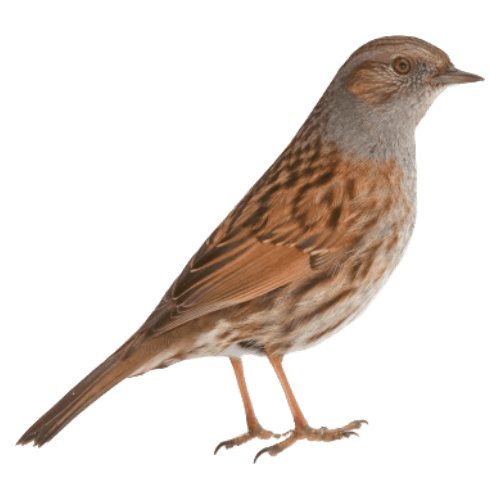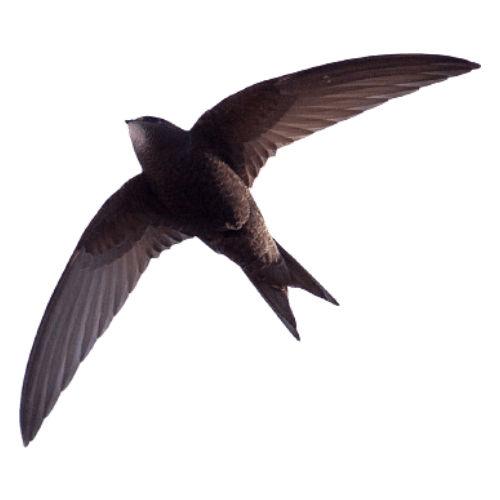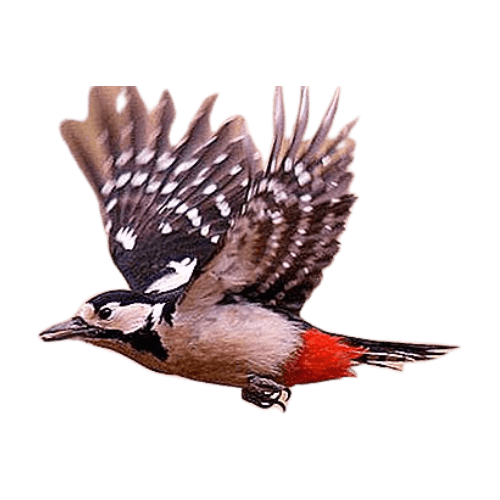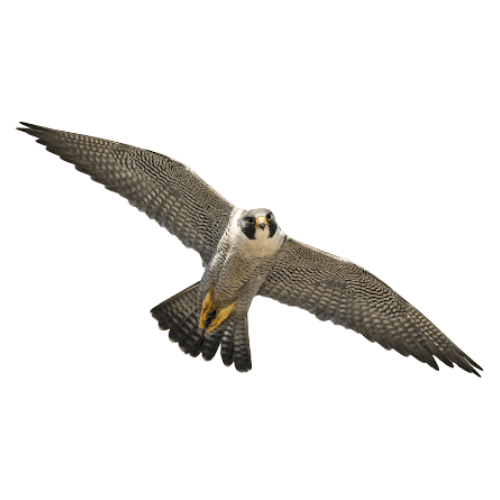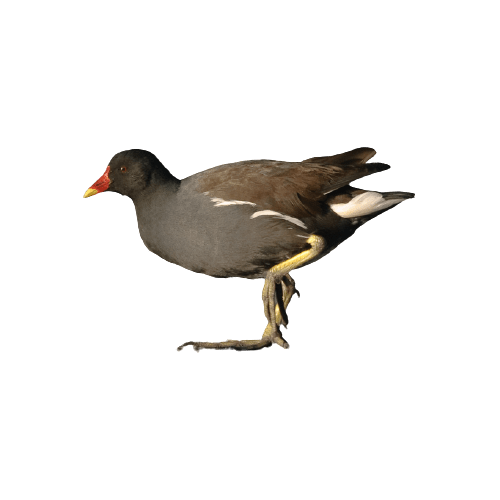BAM birds
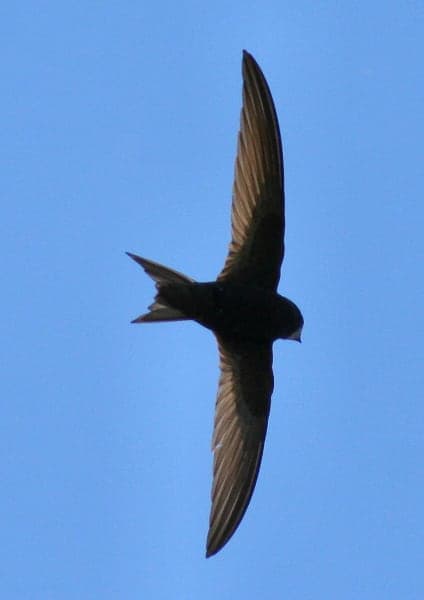
Pallid swift
apus pallidus
The pallid swift belongs to the Apodiformes order like the common swift, from which it is not at all easy to distinguish since their colour, size and habits are very similar. Like the common swift, it lives in colonies, is an untiring and very fast flyer, spends most of its life in flight, and is able to capture up to 20,000 insects a day.
- Length: 16-18 cm.
- Wingspan: 39-44 cm
- Plumage: it is slightly paler than that of the common swift, tends towards dark café au lait brown and has uneven colouring. The wing tip is more rounded and the tail is less forked and wider. Its throat is noticeably white.
- Weight: approx. 40 g.
It is an insectivore, feeding exclusively on insects it is able to capture in flight (aeroplankton).
It commonly builds its nest in towns, inside cavities (walls, pantiles, roof tiles) with saliva, a plant-based and unfortunately plastic material. In Milan almost all pallid swift colonies registered find an ideal site to build their nests in commonly used rolling shutter boxes. It lays 2-3 eggs brooded for about 20- 24 days by both parents that also attend to feeding the chicks, untiringly flying to bring them a sort of “croquette” of insects that they carry in their crops. The chicks’ take off in flight about 43-48 days later and once they leave the nest they never return to it. Unlike the common swift, it generally completes two successive clutches as it stays in the city until October/November.
It is a long-range migrant. In Italy it is present and nest-building between April and November, so if you see or hear swifts after summer ends, they are almost certainly pallid swifts since the common swifts have already left for Africa before the end of July. Like the common swift, it is still a widespread species but in any case requires protection.




